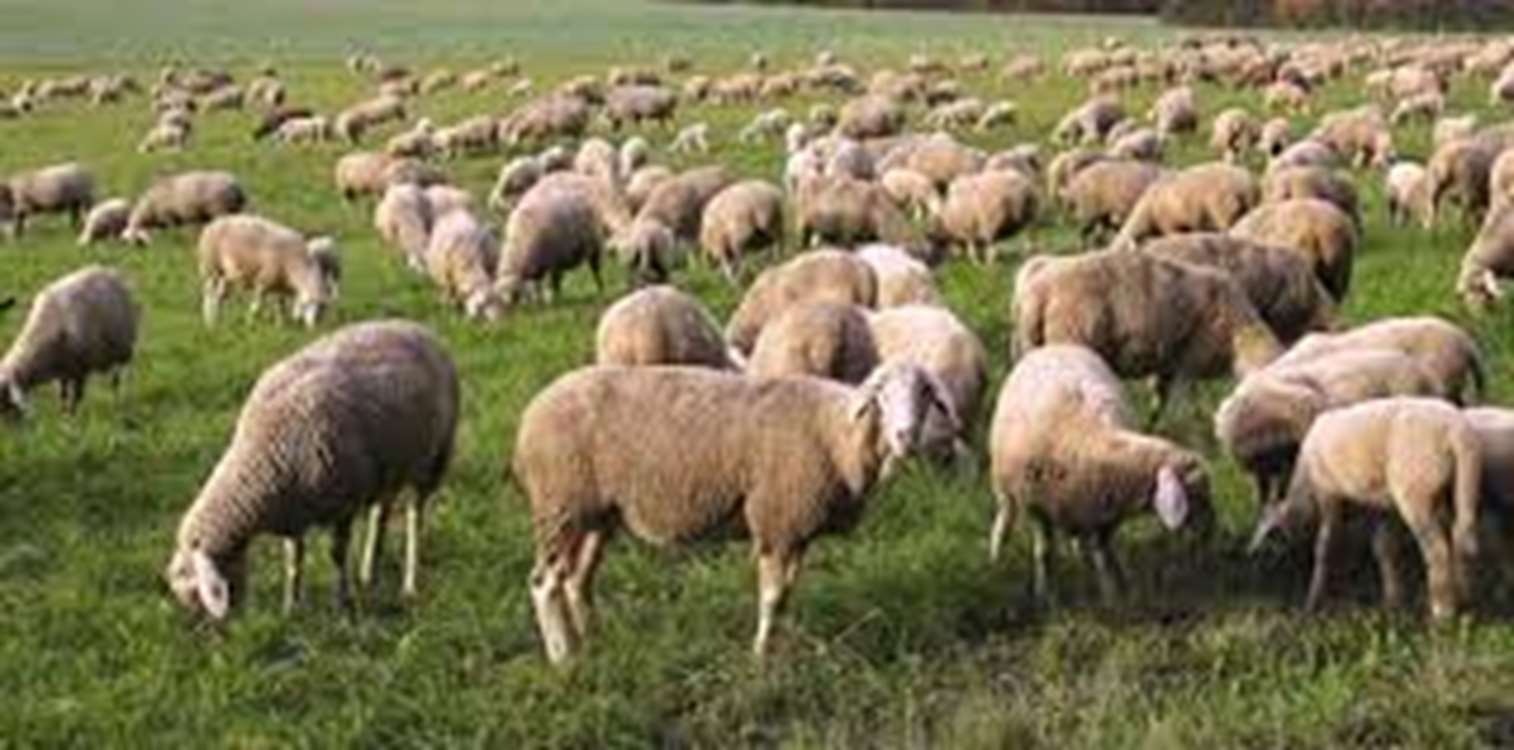Iran working to develop Taleshi sheep farming

Iran working to develop Taleshi sheep farming
Hamed Kioumarsi, a researcher at the Agricultural Research,
Education and Extension Organization (AREEO) of the Islamic Republic of Iran's
Ministry of Agriculture, emphasized the potential benefits of raising Taleshi
sheep, particularly for smallholder farmers in northern Iran.
Raising local breeds such as Taleshi sheep could offer a
more environmentally friendly alternative to large-scale, industrialized sheep
farming, which contributes to methane (CH4) emissions and environmental damage,
Kioumarsi said recently, according to Tasnim News.
Additionally, it could serve as an effective marketing
strategy due to the unique sensorial characteristics and taste of Taleshi meat,
favored by consumers in northern Iran.
The Taleshi is a breed of domestic sheep from Iran,
numbering some 400,000 animals in the north of the country, and distributed in
the northern and western parts of Gilan Province in the mountains between
Assalem, Khalkhal, Oshkourat, and Deilaman.
This breed can also be found in some areas of Gilan-Zanjan
border. Mean adult live weight in this breed is 35 kg (77 lbs) for rams and 31
kg (67 lbs) for ewes. The coat color for this breed is yellowish-white to pure
white, but brown patches are found on the head, face and at the bottom of the
legs. This breed is valued mainly due to its small size, meat, and ability to
live in mountainous areas
These sheep are known for their adaptability to the local
environment and are prized for their small size, meat quality, and the ability
to thrive in rain-fed foothills and foothill steppes with an annual rainfall of
1300 mm (51 inches).





